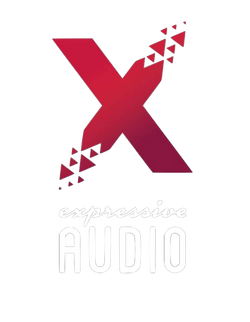Today I have written a composer's note style piece for a folk composition I did while in sixth form. A composer's note is simply a description of certain compositional elements in a piece of music, and the reasons why some of these elements were chosen. I hope you enjoy both listening to the piece, and learning a bit more about my intentions during the compositional period.
Here is the link to listen to the piece as you read: https://tinyurl.com/RuadhrisJig
I apologise that the audio sounds slightly unnatural, however it is just a piece of software 'playing' the instruments, so it can sound rather robotic at times, particularly with regards to dynamic contrast and strummed instruments. Unfortunately computers have yet to learn how to add any sense of human intonation or emotion to their playing!
Composer's Note: Ruadhri's Jig
Inspired by my passion for Gaelic folk music, I have written a traditional folk Jig in 6/8, meant to be performed as an instrumental piece between songs at a folk festival or concert of some sort. The almost constant quavers in compound time give a lilting feel to encourage dancing, as well as the D major key, with modal inflections to create the traditional folk sound. However, I have also introduced more modern harmony and unusual instrumentation to fuse the traditional folk style with a mixture of classical and more popular genres.
My choice of instruments such as accordion, fiddle, and flute support a large folk ensemble, however the use of a double bass rather than bass guitar, or even no bass at all at certain points, could suggest a more bluegrass style influence. The percussion includes congas, shaker, and drum kit played with rods for an acoustic timbre, rather than the more traditional Bodhran. I have chosen this to get a wider variety of timbres, inspired by the Scottish folk group Capercaillie, who have a drum kit built with congas instead of toms, and multi-percussion with a separate player, as well as a Bodhran depending on the piece. A further influence is the folk group Transatlantic Sessions, who have a large, almost orchestral, array of folk instruments. The fiddle, accordion and flute mostly handle melodies and countermelodies as is common in traditional folk music due to their natural sonorities standing out from the rest of the band, while the guitar, mandolin, accordion bass and double bass handle the harmony and bass line.
The structure is almost perfectly symmetrical, with two distinct ornamented melodies, solo sections, and a brief contrasting relaxed moment in the very middle. In this section I have written out a solo for mandolin, played by the guitarist as doubling these two instruments is common in folk groups, however I have harmonised it with the double bass playing harmonics, producing an airy, ethereal sonority to really make it stand out from the rest of the piece. At this moment I imagine the stage becoming dark and the spotlight just on the mandolin, then returning to folk-festival type lighting as the main melody returns.
I have used mostly melody dominated homophony which is not particularly folky, but it becomes more polyphonic towards the end and during the solo sections where different melodies play simultaneously. This demonstrates the transition from a mostly classical approach to the trad-folk style.
The use of parallel movement in melody B accompaniment beginning at bar 33, as well as more modern chordal based harmony follows the tradition of Vaughan Williams, and his fusions of traditional English folk music with classical harmony.





